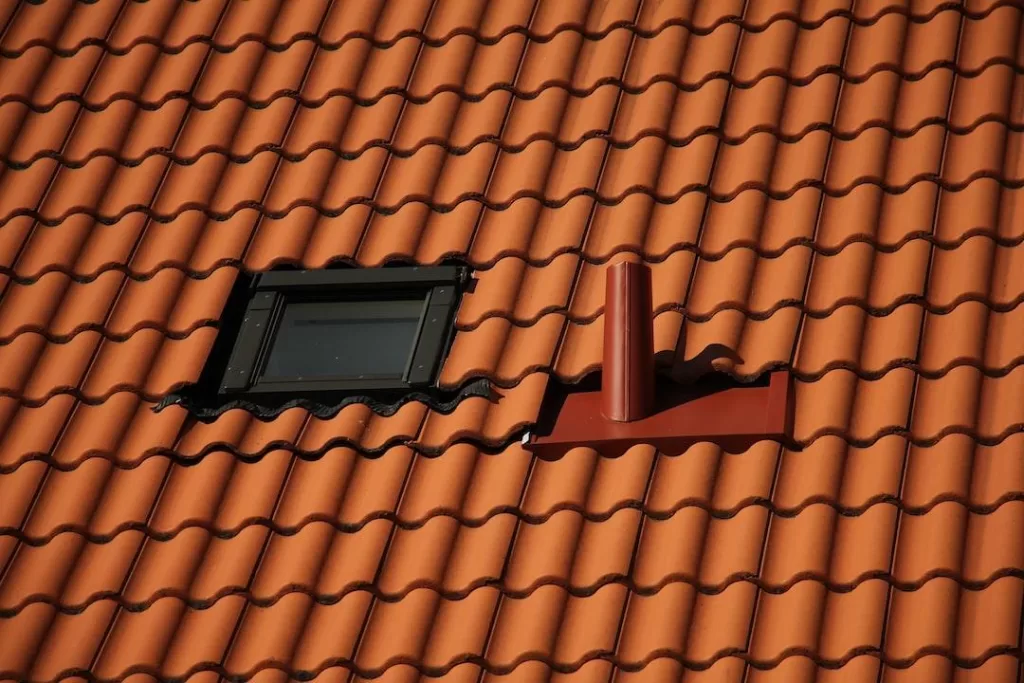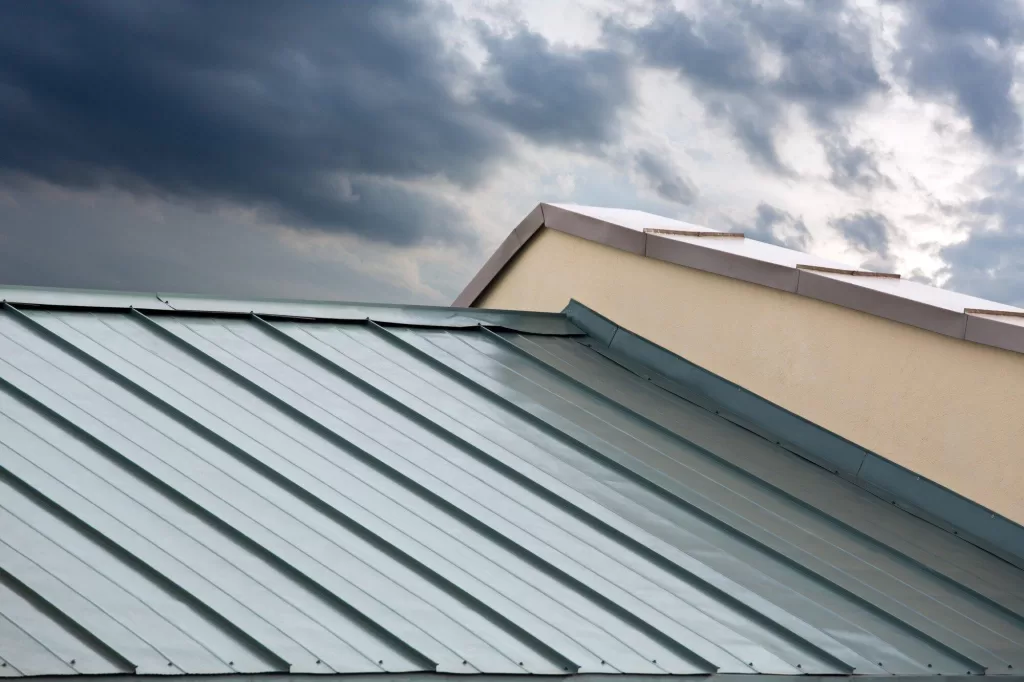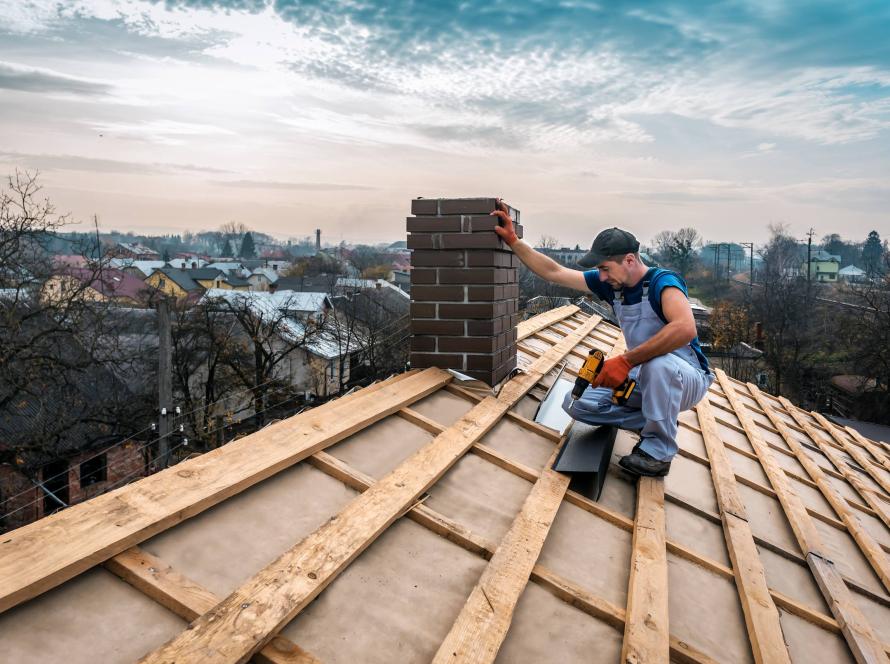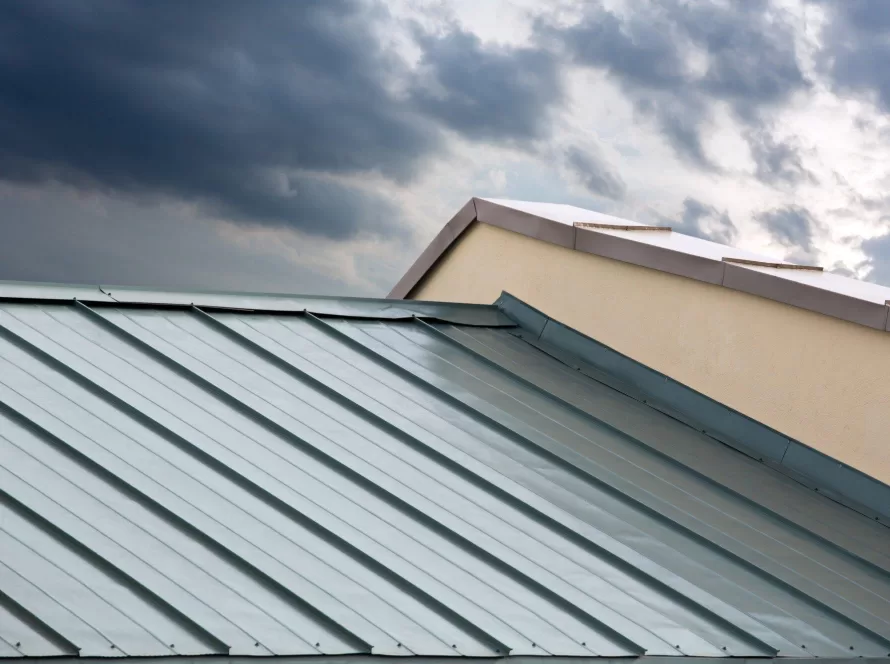If you’re a homeowner looking to spruce up your house and boost its curb appeal, you’re in the right place. Your roof plays a big role in the overall look and feel of your home, and choosing the right type of shingles can make a huge difference.
In this guide, we’ll walk you through the different types of roof shingles available for your home. From classic asphalt shingles to innovative solar shingles. We’ll cover everything you need to know to make an informed decision for your home.
Asphalt Shingles
When it comes to roof shingles, asphalt is one of the most popular choices for American homes. These shingles are made from a combination of asphalt, fiberglass, and mineral granules, creating a durable and cost-effective roofing option.
One of the biggest advantages of asphalt shingles is their affordability. They’re typically the least expensive option among roofing materials, making them a budget-friendly choice for homeowners. Additionally, asphalt shingles come in a wide range of colors and styles, allowing you to find the perfect match for your home’s aesthetic.
In terms of durability, asphalt shingles hold up well against various weather conditions, including rain, wind, and sunlight. They’re also relatively easy to install and require minimal maintenance over time. Plus, many manufacturers offer warranties on their asphalt shingles, providing additional peace of mind.
Whether you’re looking to replace your existing roof or install a new one, asphalt shingles are a versatile and reliable option to consider.
Metal Tiles
Metal tiles are gaining popularity as a modern and durable alternative to traditional roofing materials. Made from materials like steel, aluminum, or copper, metal tiles offer a sleek and contemporary look for homes.
One of the key benefits of metal tiles is their exceptional durability. Unlike asphalt shingles (which may need replacing every 20-30 years), metal tiles can last upwards of 50 years or more with proper maintenance. They’re resistant to fire, rot, and insect damage, making them an excellent choice if seeking long-term reliability.
In addition to their durability, metal tiles are also highly energy-efficient. They reflect sunlight rather than absorb it. This, in turn, helps reduce heat transfer into your home and lower your energy bills. This can be especially beneficial in warmer climates where keeping your home cool is a priority.
While metal tiles tend to be more expensive upfront compared to asphalt shingles, their longevity and energy-saving properties can result in significant cost savings over time. Plus, metal tiles come in a variety of colors and finishes, allowing you to achieve the look you desire for your home.

Architectural Shingles
Architectural shingles, also known as dimensional or laminate shingles, are a popular choice for homeowners seeking a blend of durability and aesthetic appeal. These shingles are made from multiple layers of asphalt. They’re then laminated together to create a three-dimensional appearance.
One of the standout features of architectural shingles is their unique design. Unlike traditional asphalt shingles, architectural shingles have a textured look with varying shapes and sizes, mimicking the appearance of natural materials like wood or slate. This adds depth and dimension to your roof, enhancing its visual appeal.
In addition to their stylish appearance, architectural shingles offer superior durability compared to standard asphalt shingles. The multiple layers and thicker construction make them more resistant to:
- Wind Hail
- Other weather-related damage
Many manufacturers also offer extended warranties on architectural shingles, providing added protection and peace of mind for homeowners.
Another advantage of architectural shingles is their versatility. They come in a wide range of colors and patterns, allowing you to customize the look of your roof to complement your home’s architecture and style. Whether you prefer a classic, rustic, or contemporary aesthetic, there’s an architectural shingle option to suit your taste.
Solar Shingles
In recent years, solar shingles have emerged as an innovative solution for those looking to harness renewable energy while also protecting their homes. These shingles are designed to seamlessly integrate with traditional roofing materials, blending in with the overall aesthetic of the house.
The primary advantage of solar shingles is their ability to generate electricity from sunlight. Each shingle contains photovoltaic cells that convert sunlight into electricity. It can then be used to power your home’s appliances and lighting. This can result in significant savings on your energy bills and reduce your reliance on grid-supplied electricity.
Additionally, solar shingles offer environmental benefits by reducing your carbon footprint. By generating clean, renewable energy on-site, you can help mitigate climate change and contribute to a more sustainable future. Plus, solar shingles can increase the resale value of your home because eco-friendly features are increasingly sought after by homebuyers.
While solar shingles tend to be more expensive upfront compared to traditional roofing materials, they can pay for themselves over time through energy savings and potential tax incentives or rebates. Many homeowners also appreciate the aesthetic appeal of solar shingles, as they add a sleek and modern look to the roof.
Plastic Shingles
Plastic shingles, also known as synthetic or composite shingles, have gained popularity in recent years as a durable and eco-friendly roofing option. These shingles are typically made from recycled plastics, such as polyethylene or polypropylene. They’re then combined with other materials like rubber or wood fibers.
One of the primary advantages of plastic shingles is their exceptional durability. They are resistant to rot, mold, and insect damage, making them ideal for homes in humid or coastal regions where moisture can be a concern.
Additionally, plastic shingles are lightweight yet strong. Offering excellent protection against wind, hail, and other weather-related damage.
Another benefit of plastic shingles is their sustainability. By using recycled materials in their production, these shingles help reduce the amount of plastic waste ending up in landfills. They can often be recycled at the end of their lifespan, further minimizing their environmental impact.
Plastic shingles come in a variety of styles and colors. Allowing homeowners to achieve the look they desire for their homes. Whether you prefer the appearance of traditional slate or cedar shake shingles, there’s a plastic shingle option to suit your taste.
In terms of installation and maintenance, plastic shingles are relatively easy to work with. They can be installed using standard roofing tools and techniques, and they require minimal upkeep over time. Plus, many manufacturers offer warranties on their plastic shingles, providing added peace of mind.
Copper Shingles
Copper shingles offer a unique and luxurious option for those seeking a distinctive look for their roofs. While less common than asphalt or metal tiles, copper shingles are prized for their durability, elegance, and timeless appeal.
Copper is a naturally resilient material that is resistant to corrosion, rust, and deterioration over time. This means that copper shingles can last for 70+ years, often outlasting other roofing materials with minimal maintenance required.
In addition to their longevity, copper shingles develop a beautiful patina over time, adding character and charm to your home’s exterior. The patina starts as a bright, shiny copper color and gradually weathers to various shades of green, brown, and gray, depending on environmental factors. This natural aging process gives copper roofs a distinguished look that enhances the aesthetic value of your property.
Copper shingles are also environmentally friendly and recyclable. Copper is a highly sustainable material that can be reused and repurposed, making it an eco-conscious choice for homeowners looking to reduce environmental impact.
Choosing the Right Shingle Material
Now that we’ve explored some of the top types of roof shingles, let’s discuss what to consider when choosing the right material for your specific needs and preferences.

Local Climate
Take into account the climate in your area when selecting roof shingles. For instance, asphalt shingles are suitable for a wide range of climates. However, metal tiles may be better for areas prone to high winds or extreme weather conditions. Consider factors such as:
- Temperature fluctuations Humidity levels
- Precipitation patterns
- Roofing Budget
Make sure to evaluate your budget and long-term financial goals when selecting roof shingles. While asphalt shingles are often the most affordable option upfront, they require more frequent replacement compared to metal or architectural shingles. When deciding on a budget, think about:
- Initial cost Maintenance expenses
- Potential energy savings
- Style of Your Home
Consider the architectural style of your home when choosing roof shingles. Different materials and styles may complement certain designs better than others.
For example, architectural shingles may enhance the aesthetic appeal of traditional or Craftsman-style homes. Metal tiles can provide a sleek and modern look for contemporary residences. Choose shingles that harmonize with the overall design and character of your home to achieve a cohesive and visually pleasing appearance.
Elevate Your Home’s Appeal with the Right Roof Shingles

Compare Quotes from Top-rated roofing contractors in your area.
As we conclude our exploration of the various types of roof shingles, it’s clear that upgrading your home’s curb appeal is within reach. Each option offers its own set of benefits to enhance the beauty and functionality of your home.
At Alpha Living, we understand the importance of finding reliable contractors for your home improvement projects. We help you connect with highly-rated contractors in your area to ensure that your property stays safe, up-to-date, and beautiful.
Get started by entering your zip code here to find top-rated roofers in your area and get free quotes.





Facebook
Comments